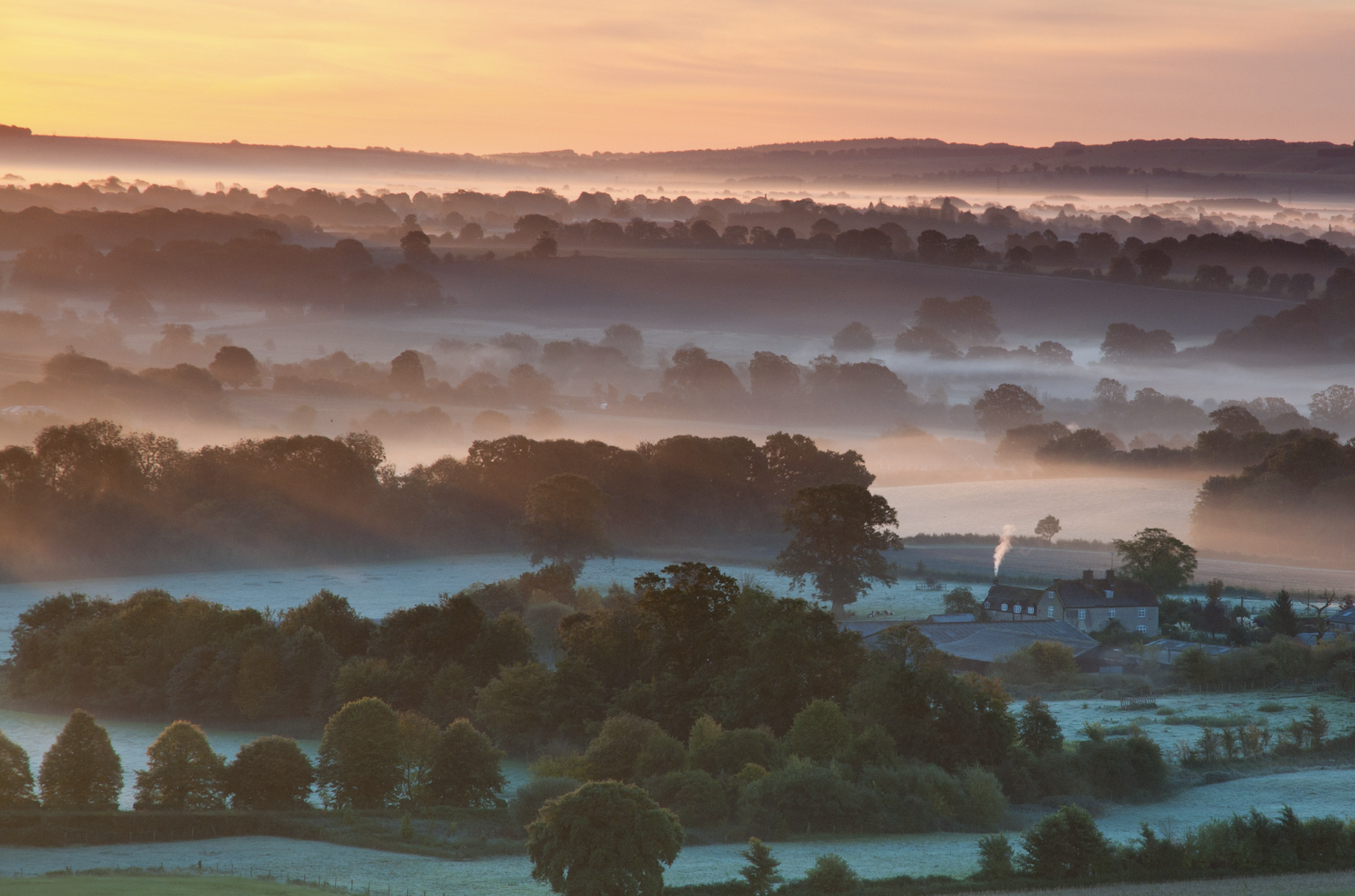In April 2023, eighteen scholars from a range of disciplinary backgrounds in the humanities, natural and social sciences came together for a one-day workshop to study past environmental change and its effects on human societies.
Selected conversations from this workshop have recently been published as ‘The Future of (Environmental) History’, a roundtable article in Transactions of the Royal Historical Society.
To mark publication, Alex Hibberts identifies four suggestions for the future of (environmental) history that arose from the workshop.
These proposals consider historians’ contribution to environmental debate, the skills required by historians to consider questions of environmental change, and the need to approach environmental history as more than a sub-field of historical research.
In 2023 scholars from a range of disciplinary backgrounds in the humanities, natural and social sciences came together to discuss past environmental change and its effects on human societies.
Speaking across disciplinary divides, we discussed what environmental history is, how it may or may not contribute to tackling the climate crisis, and the problems of sources, scale and temporality. The resulting article, now published in Transactions of the Royal Historical Society, brings together selected conversations addressing the following themes: scale; time and space; interdisciplinarity; and the future of environmental history.
In this post, Alex Hibberts, explores four suggestions for the future of (environmental) history that arose during the discussions and which are developed in the Transactions article.
1. Environmental history is more usefully understood as an interdisciplinary meeting place, rather than a distinct sub-field of history
Environmental history is often acclaimed as one of the fastest growing sub-fields within the historical discipline.[1] However, while still relatively new, the sub-field is fast becoming well-established with a growing collection of books, articles and conferences. It can no longer claim to be radical on the basis of its existence alone, and must find new approaches to remain relevant and innovative.
One major challenge facing the sub-field in the UK is the dispersal of its practitioners. As Andrew Seaton has argued, the enduring influence of landscape, rural and urban historiographies has meant those who, in other circumstances, would have called themselves environmental historians have found alternative intellectual homes.[2]
Would a new definition of environmental history as an interdisciplinary meeting place, rather than a sub-field, encourage greater cohesion among practitioners scattered across diverse sub-fields and disciplines?
2. Interdisciplinary dialogue is not easy, but it’s worth it
A lack of awareness and a common language are two main barriers to dialogue with, and in-between, disciplines beyond history. Many natural, physical and social scientists are completely ignorant to environmental history’s existence. This is true of ecologists whose key concepts were early inspirations for historians to explore the environment-culture nexus.
Developing a shared language is essential for establishing a common ground for collaboration, but achieving this is not easy. As several roundtable contributors noted, the same words can have completely different meanings to those based in different disciplines. Environmental historians must often balance making their work comprehensible to their fellow historians, and accessible to those in other subjects with whom they may want to collaborate.
Nevertheless, the effort is always worth it. The big, important and interconnected challenges presented by the climate crisis, for example, demand a diverse array of perspectives to be tackled. With an ability to synthesise data from across the humanities, and the natural, social and physical sciences, environmental historians have much to contribute.
3. Historians bring important skills, data and perspectives to the study of past environmental change
Many of our roundtable participants made clear that past environmental change has occurred at many different scales from the microscopic to the planetary, and inter-planetary level. A strength of environmental history is the ability to tap into sources that move freely across these scales.
Environmental historians can play a critical part in developing climate models by extracting data to demonstrate how larger-scale trends have varying impacts in different regions. Similarly, in studies of disease, statistics in infection surveys can be enriched with a social and cultural context drawn from personal letters recording individual experiences.
4. (Environmental) historians should do more to embrace quantitative tools and methods
Qualitative methods and analysis have long been a mainstay of historians and historical training. Nonetheless, historians often experience ‘mystification’ when faced with quantitative data.[3] If (environmental) historians are to successfully collaborate with the natural, physical and social sciences, we must do more to embrace quantitative methods and tools.[4]
Much of the work on past environmental change conducted in other disciplines is presented in a numerical format. A lack of fluency would therefore preclude participation in important cross-disciplinary debates. This is not to say that legitimacy comes from association with the sciences alone, but rather (environmental) historians and scientists have a rich, fertile common ground to share. Inhabiting this common space will undoubtedly lead to the writing of better (environmental) history and science.
For more, please see ‘The Future of (Environmental) History: A Roundtable Discussion’, now available Open Access in Transactions of the Royal Historical Society.
[1] Stephen Mosley, ‘Environmental History’, in Companion to Environmental Studies, ed. Noel Castree, Mike Hulme and James Proctor (London, 2018), 306.
[2] Andrew Seaton, ‘Environmental History and New Directions in Modern British Historiography’, Twentieth Century British History, 30 (2019), 451.
[3] Pat Hudson and Mina Ishizu, History by Numbers: An Introduction to Quantitative Approaches (London, 2020), xv.
[4] Alexander Hibberts and Heli Huhtamaa, ‘Young Researchers Explore Climate Histories’ Past Global Changes, 32 (2024), 54.
About the author

Dr Alex Hibberts is an environmental historian, specialising in medieval and early-modern European history.
For 2024-25, Alex is the Pearsall Fellow in Maritime History at the Institute of Historical Research, University of London. His research covers the vulnerability of liminal environments, such as coastal wetlands, to historic climate change between c.1350-1650.
Submitting an article to Transactions
Transactions is the flagship academic journal of the Royal Historical Society, published by Cambridge University Press. Today’s journal publishes a wide range of research articles and commentaries on historical approaches, practice and debate. In addition to traditional 10-12,000 word research articles, Transactions also welcomes shorter, innovative commentary articles. In 2023, we introduced ‘The Common Room’—a section of the journal dedicated to commentaries and think pieces by academic historians and historical practitioners.
The journal welcomes submissions dealing with any geographical area from the early middle ages to the very recent past. The journal’s co-editors and editorial boards are interested in articles that cover entirely new ground, thematically or methodologically, as well as those engaging critically on established themes in existing literatures.
From August 2024, all articles accepted for publication in Transactions are published open access, without a charge for any author or reader. This ensures content published in Transactions can be shared, circulated and read by the widest possible readership. We very much hope this initiative will encourage a growing range of submissions from authors, worldwide, including those who practice history outside Higher Education, in related sectors or as independent researchers.
HEADER IMAGE: iStock photo: Credit:krzych-34


